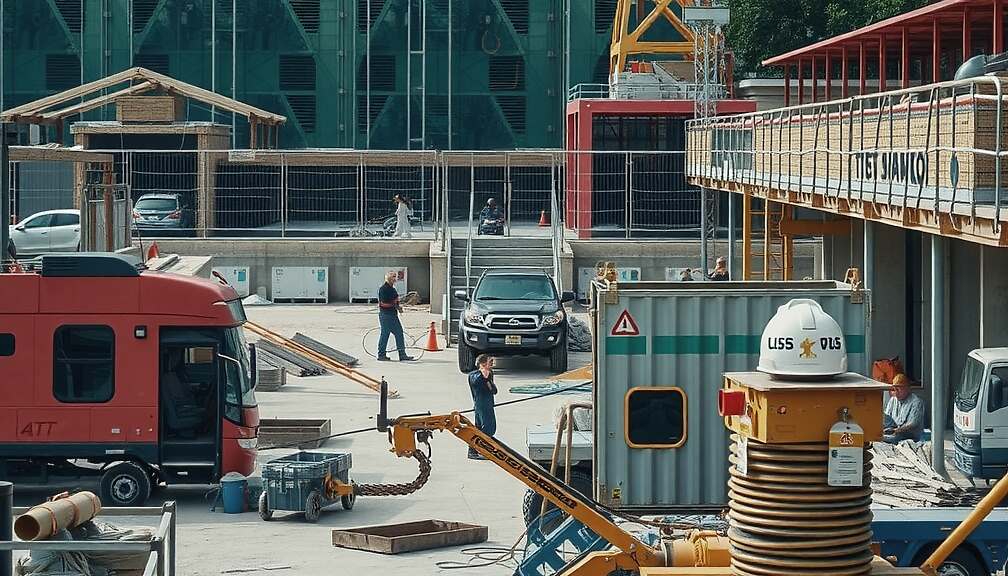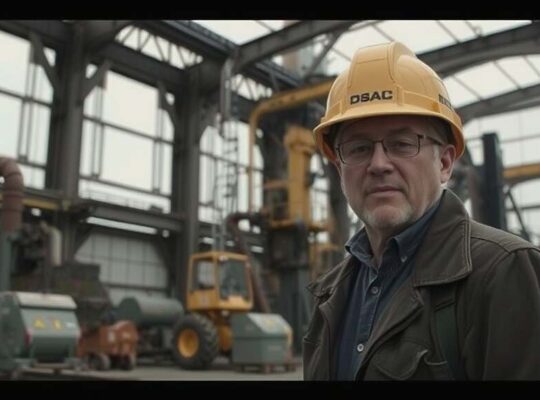The German housing market continues to show signs of tentative recovery, with construction approvals reaching 19,300 units in August 2025, a 5.7% increase compared to the same period last year, according to the Federal Statistical Office (Destatis). While this marks a positive development, the figures also highlight persisting structural imbalances and raise questions about the long-term efficacy of current policy initiatives.
The uptick in approvals is primarily driven by new construction, with 15,800 units gaining permission – a 5.2% rise year-on-year. Renovations of existing buildings also contributed, seeing an 8.0% increase to 3,500 approvals. Cumulatively, from January to August 2025, 151,200 housing units received approval nationwide, a 6.5% increase compared to the previous year.
A closer analysis reveals a disproportionate surge in single-family home approvals – exhibiting a significant 15.5% increase, representing 29,300 units. This trend has fueled debate amongst economists, with some arguing it indicates a shift towards individualized housing preferences, while others critique it as a symptom of a broader failure to address the need for high-density, affordable urban housing. The simultaneous decline in approvals for two-family homes (-5.3%, or 500 units) adds complexity to the picture, suggesting a potential contraction in intermediate housing options.
The dominant form of new construction, multi-family dwellings, saw a more modest increase of 4.9% (an additional 3,700 units), signaling a possible constraint on the scale of housing supply readily available to a wider demographic. Notably, approvals for residential units integrated within non-residential buildings, such as caretaker apartments, have declined significantly (-18.5%, -600 units), raising concerns about the potential impact on services and the viability of mixed-use developments.
The growth in renovation approvals, while welcome, is viewed by some as indicative of a market struggling to create entirely new supply, instead relying on the modification of existing structures. Critics argue that this approach perpetuates a cycle of stagnation, failing to adequately address the long-term housing deficit. Furthermore, the concentration of approvals on single-family homes raises concerns about equitable access to housing, particularly in urban areas where affordability is a critical issue.
The data underscores the ongoing challenge for policymakers to incentivize a more balanced approach to housing construction – one that prioritizes high-density, affordable options while simultaneously supporting diverse housing needs. The current trends suggest that further interventions are needed to redirect construction patterns and ensure a sustainable and equitable housing market for the future.












